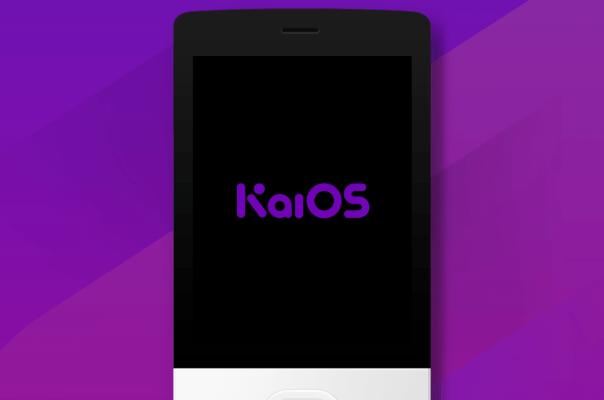Mozilla called it a day with Firefox OS for mobile handsets back in 2015 and said it would test the waters for an IoT effort using some of the same technology (and it has). But that hasn’t spelled the complete end for the tech on mobile devices.
Quietly, a company called KaiOS, built on a fork of Firefox OS, launched a new version of the OS built specifically for feature phones, and today at MWC in Barcelona the company announced a new wave of milestones around the effort that includes access to apps from Facebook, Twitter and Google in the form of its Voice Assistant, Google Maps, and Google Search; as well as a list of handset makers who will be using the OS in their phones, including HMD/Nokia (which announced its 8110 yesterday), Bullitt, Doro and Micromax; and Qualcomm and Spreadtrum for processing on the inside.
KaiOS has been around since last year, primarily it seems on two devices — the OneTouch Go Flip from Alcatel and the Jio Jio Phone from Reliance in India — and the company says that it has 30 million devices in use today with its OS.
To be sure, the idea of a feature-rich handset that is not a smartphone is not new. In fact, you could argue that this was originally the vision of Mozilla in its own mobile effort, as it looked to create a new ecosystem of HTML5-based apps and cheaper handsets for the developing world, where Android and Apple’s iOS had yet to get significant market share for their more expensive devices.
That vision never panned out for Mozilla — with its devices, made in partnership with carriers, never proving to quite have the right click with buyers, and Android devices became cheaper and cheaper. But while all the talk of mobile handsets for the last many years has been focused around smartphones, there has remained a strong interest in feature devices. That’s the case not just in emerging markets — but, as it turns out, in developed markets, where a feature phone either exists as a “back up” for a smartphone owner, or as a pared-down and smaller device that is simply easier to use.
In both scenarios, people may have opted out of owning small, portable computers but they still want some of the perks of these devices, such as a few of the more popular apps; quick internet access when they need it; email and messaging. In exchange, they are getting cheaper devices with much longer battery life. The 8110 announced yesterday, for example, has a battery life of 17 days.
The feature phone trend is not one that seems to be going away. KaiOS cites research from IDC that estimates that this market will see sales of 500 million units each year for the next five — a trend that could see a fillip from pricing pressures and a general decline in smartphone sales, and perhaps even from the nascent trend of people actually preferring to shut off rather than constantly be connected.
Social networks Facebook and Twitter have been working on many routes to expanding their user base further into the developing world, and their use of mobile phones as their primary “computers”. This has seen them working on a plethora of initiatives to do so, from zero-rating apps through to developing lite versions that use less data and have less features. Interestingly, it looks like Google is taking a slightly more selective route, with its apps for now available only on the version of KaiOS running in the Nokia 8110 — part of a larger partnership between the two companies.

